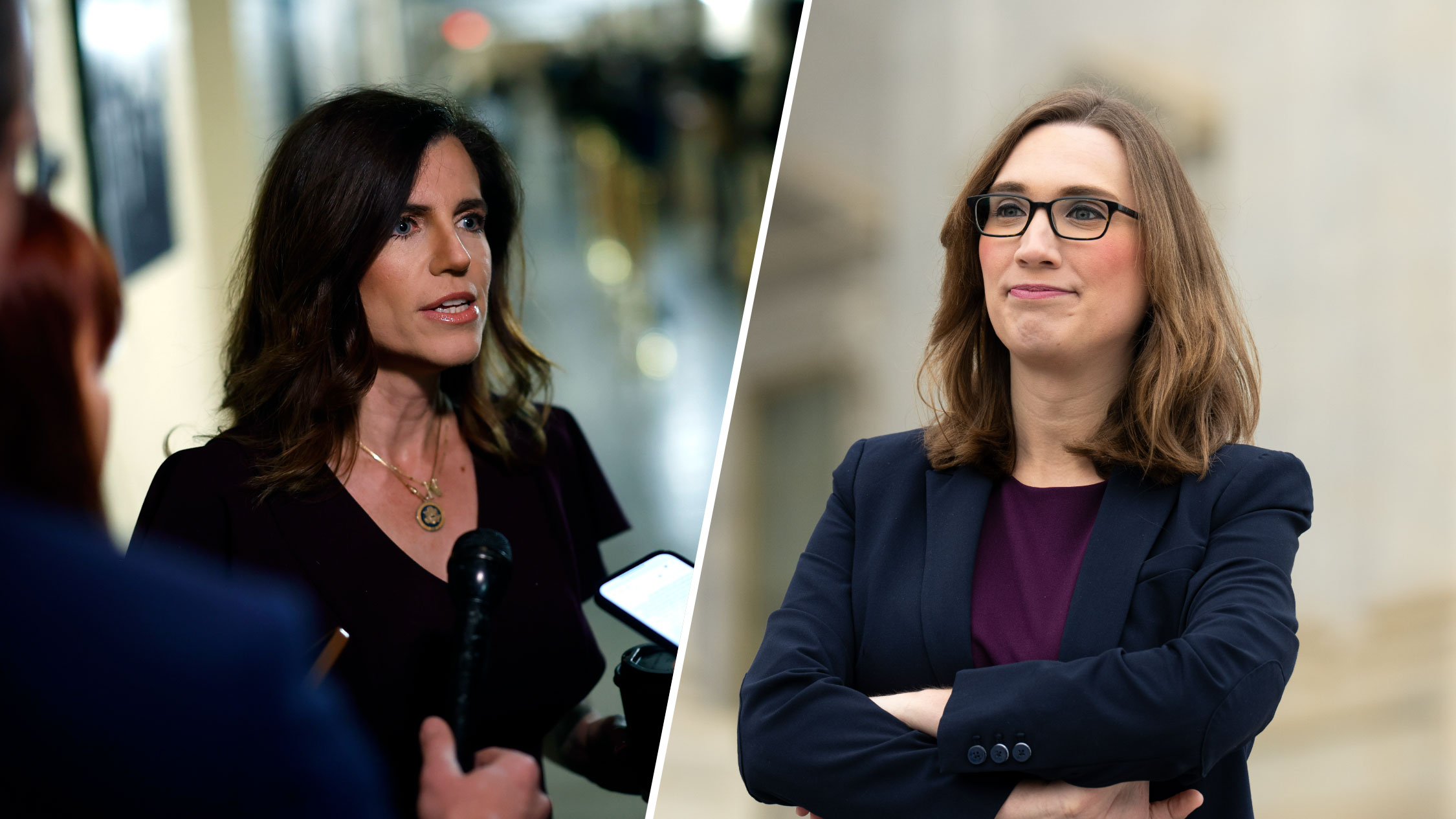New York City children are becoming “pawns” in a political struggle over teacher evaluation, warns a prominent advocate for children and parents.
Leonie Haimson of Class Size Matters says the battle over teacher evaluation in Albany could harm the city’s 1.1 million school children. Gov. Andrew Cuomo plans to withhold $260 million in school aid to the city because it missed a deadline to finalize a system for evaluating teachers.
Sheldon Silver, Speaker of the State Assembly, voiced a similar concern. “No one wants to see our children’s education suffer because teachers and the city could not come to an agreement,” Silver said in a statement Sunday, according to The New York Times.
Mayor Bloomberg and the United Federation of Teachers tried to negotiate a plan for a system to evaluate 75,000 teachers. The deadline was Jan. 17. The two sides couldn’t agree. And now, a court has found that the governor cannot withhold the money because, as Judge Manuel Mendez ruled on Jan. 19 “innocent children” could be harmed and they have a constitutional right to a “sound basic education.”
It’s another victory for lawyer Michael Rebell, who has fought in the courts for more money for city schools for the last 20 years. Rebell launched the Campaign for Fiscal Equity in 1993, and his arguments that the schools are entitled to more state money have persuaded several judges.
Cuomo isn’t persuaded. On Staten Island Monday, he indicated he would appeal, that he would keep fighting to withhold the money from the city until a good teacher evaluation system is installed. He told New York 1 “I want to say to every school district you are not going to get the additional money unless you perform and performance is having a teacher evaluation system.”
Rebell told me: “I hope the governor won’t appeal. I think we are right in arguing that nothing less than the constitutional right to a sound basic education is at stake. The Mendez decision is a substantial victory for all New York City students. The judge clearly indicated that the State’s irrational penalty in withholding money for education does place innocent children at risk.”
Politics
Haimson frames the fundamental issue as the use of test scores to evaluate both children and teachers. She says teachers and children are already “overwhelmed” by the use of test scores for evaluations. Haimson is skeptical that tests scores are the best yardstick for student and teacher performance.
She is strongly supported by a leader of New York State’s high school principals, Carol Burris, principal of South Side High School in Rockville Centre. Ms. Burris told me: “We feel very bad for our colleagues in the city.”
She cited the open letter she co-authored, signed by 1,500 principals and more than 5,400 teachers throughout the state. The letter cites arguments against excessive testing, including its failure to accurately reflect a teacher’s ability and its adverse effect on children driven to compete.
The mayor and the people he’s appointed to run the school system believe strongly that test scores are an accurate measure of student and teacher achievement.
In a real sense, this is a battle over numbers. When I went to public school, good teachers stood out because they communicated well and instilled in us a love of learning, whether it was for English or biology. They gave us tests. But the principal criteria for a good teacher involved how well she or he made us feel about the subject. Did we like it? Were we inspired to learn more?
The issue was not so much our marks as the degree to which a teacher excited our interest and our participation in the educational process.



